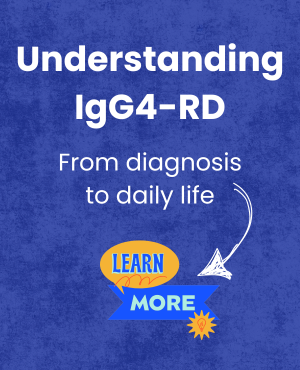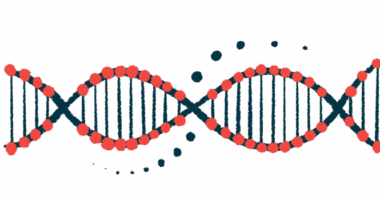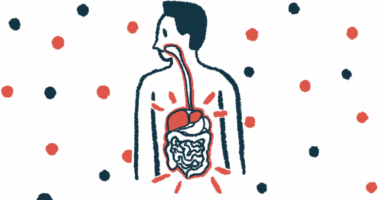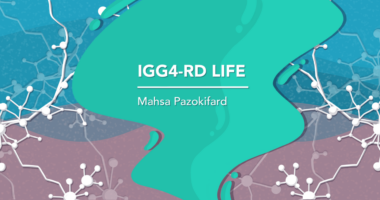US had over 50K cases of IGG4-RD as of 2024, disease statistics show
Nearly 150,000 people in 7 countries were living with immune condition
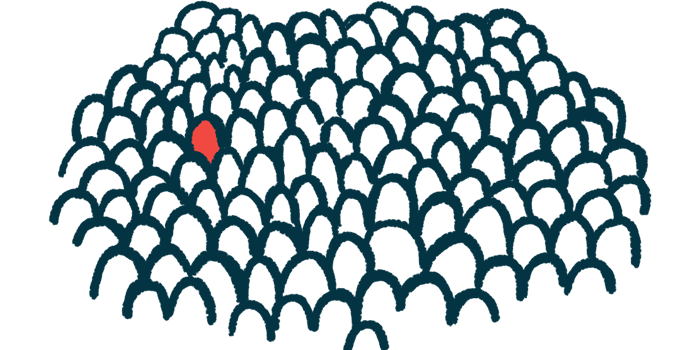
More than 50,000 people in the U.S. were living with IgG4-related disease (IgG4-RD) as of 2024, a new report on statistics related to the rare immune disease shows.
The report provides IgG4-RD epidemiology data, such as the disease’s occurrence, distribution, and patterns, in the U.S. as well as in four European Union countries — France, Germany, Italy, and Spain — the U.K., and Japan. The work used data starting from 2020, with projections made out to 2034.
Based on available epidemiological data, nearly 148,970 people were living with the disease in 2024 across the seven countries assessed, the report states.
Still, “the true prevalence of IgG4-RD is unknown,” according to the report, which noted that, “given [the disease’s] relatively recent discovery [and a] lack of widespread recognition, … it is likely that it is underrecognized and underreported.”
Titled “IgG4-Related Disease – Market Insight, Epidemiology, and Market Forecast – 2034,” the report was released by an online platform, Research and Markets, which offers in-depth market analysis across several industries.
The company noted in a press release that the report “also covers current treatment practices/algorithms and unmet medical needs to curate the best opportunities and assess the market’s potential.”
IgG4-RD cases expected to increase over next decade
IgG4-RD is a rare immune-mediated disorder that can affect virtually every organ in the body. It is marked by the formation of abnormal clumps of immune cells, including B-cells, in tissues — which can lead to damaging inflammation and scarring.
According to the report, glucocorticoids remain the first-line treatment for IgG4-RD, with other immunosuppressive treatments used in people with hard-to-treat disease. However, as many as 30% of individuals diagnosed with IgG4-RD don’t receive bodywide treatment, the report found, opting instead for surgery or what was dubbed a watchful waiting strategy.
The highest number of cases of IgG4-RD, about 56,800, was found in the U.S. In the five European countries collectively, there were about 53,550 people with IgG4-RD in 2024. Meanwhile, in Japan, there were about 38,690 cases.
The number of IgG4-RD cases is expected to increase over the next decade, according to the report.
IgG4-RD was consistently more common in male than female patients. For example, in the U.S., about 39,100 people with IgG4-RD in 2024 were male, whereas 17,700 patients were female.
Available age group data from Japan showed the highest percentage of IgG4-RD cases has been observed among people age 75 and older.
Report notes treatment options in various stages of development
Amgen‘s Uplizna (inebilizumab) was recently approved in the U.S. for treating IgG4-RD, becoming the first approved therapy for this condition.
Its availability, according to Research and Markets, “will redefine the treatment landscape, drive higher diagnosis rates, and shape commercial dynamics through pricing and physician adoption.” However, the release also noted that “market education, real-world validation, and future competition will influence its long-term impact.”
The report also highlighted two IgG4-RD treatment candidates now in clinical trials. One is Zenas Biopharma‘s obexelimab, which is being tested against a placebo in 194 adults with IgG4-RD in a global Phase 3 trial. Results from that study, called INDIGO (NCT05662241), are expected later this year.
[The availability of the approved therapy Uplizna] will redefine the treatment landscape, drive higher diagnosis rates, and shape commercial dynamics through pricing and physician adoption.
Despite their distinct mechanism of action, Uplizna and obexelimab are both designed to target a B-cell protein called CD19. Assuming that obexelimab is shown to be effective and ultimately approved, these two therapies “are expected to compete with each other strongly,” Research and Markets noted.
The other experimental therapy highlighted in the report is Sanofi‘s rilzabrutinib, which is designed to target a B-cell protein called Bruton’s tyrosine kinase, or BTK. Rilzabrutinib has been tested in a Phase 2a trial (NCT04520451), and the company has announced promising early results. Full results are not yet available.
Uplizna is administered by infusion into the bloodstream and obexelimab is given by subcutaneous, or under-the-skin, injection, while rilzabrutinib is an oral therapy.
As such, if rilzabrutinib proves effective and wins approval, “it could disrupt the [infusion/injection] biologic market by offering a more convenient, self-administered alternative,” according to Research and Markets. Biologics are therapies derived from living organisms.



